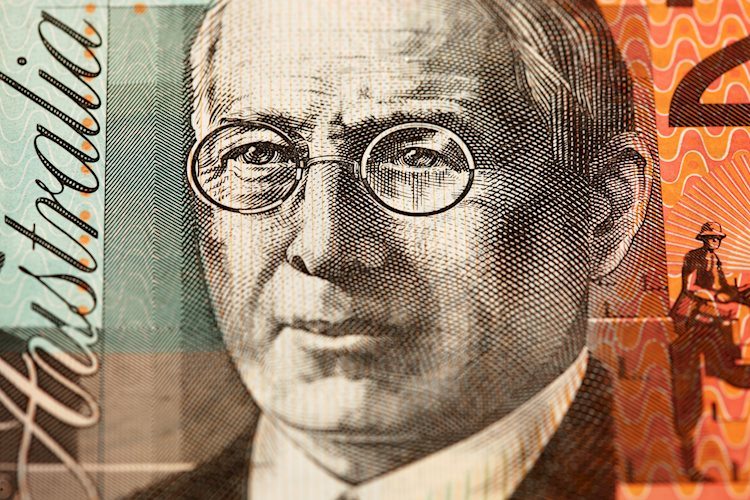The AUD/USD pair is trading near 0.6810 in Monday’s early Asian session, with expectations of further Fed rate cuts potentially weighing on the USD in the near term. The Reserve Bank of Australia (RBA) is expected to keep the OCR unchanged at its September meeting on Tuesday. The Aussie economy added more jobs than expected in August, with the unemployment rate remaining steady at 4.2%, making the case for interest rate cuts less likely in the short term. The RBA rate decision will be in focus on Tuesday, followed by a press conference with RBA governor Michele Bullock.
The US Federal Reserve recently cut interest rates by a half-percentage point and predicted an additional 75 basis points of rate cuts by the end of the year, which could continue to undermine the US Dollar against the AUD. Fed Chair Jerome Powell noted that the move was meant to show policymakers’ commitment to keeping unemployment low as inflation eases. On the Aussie front, preliminary PMI data showed a decline in Australia’s manufacturing and services sectors, leading to mild losses in the AUD. The RBA, however, has indicated that it does not expect an interest rate cut in the near term, based on the current economic conditions.
The Australian Dollar (AUD) is influenced by various factors such as interest rates set by the RBA, the price of Iron Ore (Australia’s biggest export), the health of the Chinese economy (Australia’s largest trading partner), inflation, growth rate, and trade balance. Market sentiment, whether investors are taking on more risky assets or seeking safe havens, also plays a role in determining the value of the AUD. The RBA’s main goal is to maintain a stable inflation rate through adjustments in interest rates, with relatively high-interest rates compared to other central banks supporting the AUD.
China’s economic health directly impacts the value of the Australian Dollar, as it is Australia’s largest trading partner. Positive or negative surprises in Chinese growth data can affect the demand for the AUD. The price of Iron Ore, another key driver of the AUD, can influence its value as well. Higher Iron Ore prices tend to result in a positive trade balance for Australia, strengthening the AUD. The Trade Balance, which reflects the difference between a country’s exports and imports, is another factor that can influence the value of the Australian Dollar. A positive net trade balance strengthens the AUD, while a negative balance has the opposite effect.
In conclusion, the AUD/USD pair is trading with a mild negative bias as investors await further developments on the Fed’s interest rate cuts and the RBA’s decision. The recent data on Australia’s PMI readings and job additions in August provide some support for the AUD, suggesting that interest rate cuts may not be imminent. The upcoming RBA rate decision will be closely watched, along with any insights provided by RBA governor Michele Bullock. The value of the Australian Dollar remains influenced by a combination of domestic and international factors, with market sentiment and trade balance playing significant roles in determining its direction in the near term.






























